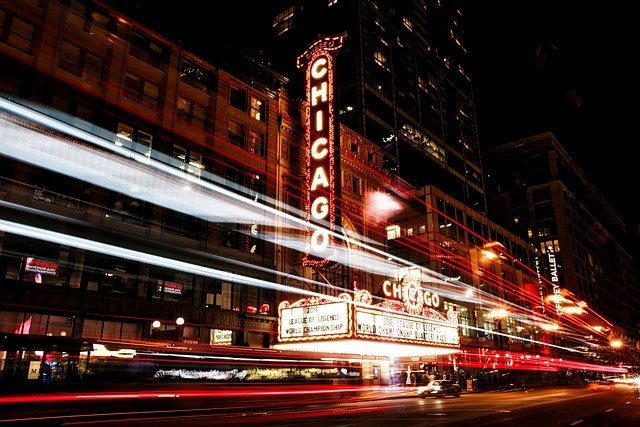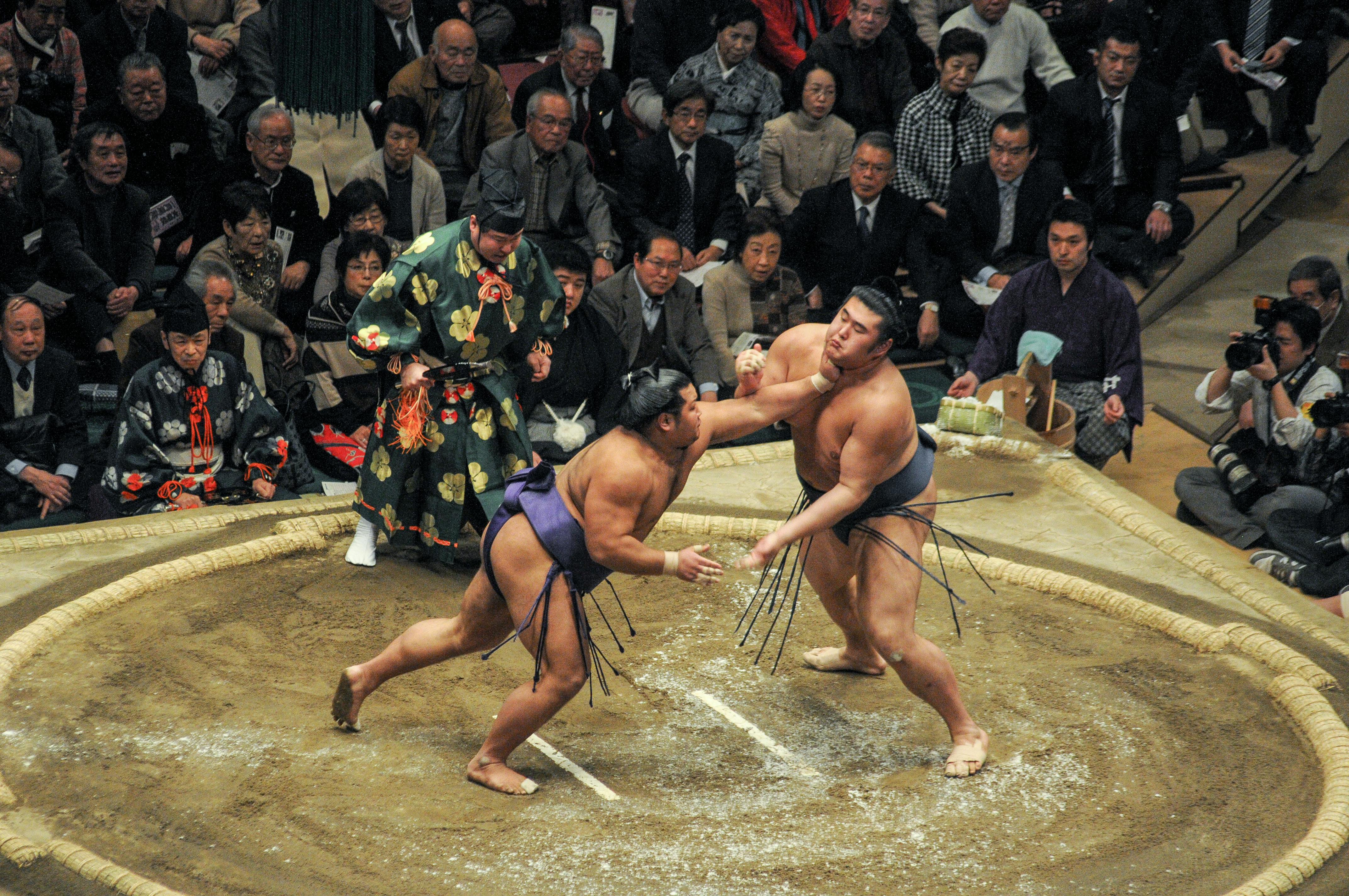Neon Noir: The Resurgence of Cyberpunk Aesthetics in Modern Cinema
In a world increasingly dominated by digital technology, a retro-futuristic aesthetic is making a stunning comeback on the silver screen. Neon-drenched cityscapes, brooding anti-heroes, and dystopian narratives are once again capturing the imagination of filmmakers and audiences alike. This resurgence of cyberpunk aesthetics in modern cinema is not just a nostalgic nod to the past, but a reflection of our complex relationship with technology in the 21st century.

The Digital Revolution and Cyberpunk’s Fade
As the new millennium approached, the cyberpunk aesthetic began to wane in popularity. The internet and mobile technology became ubiquitous, and the once-fantastical visions of a hyper-connected world started to feel less like fiction and more like reality. Filmmakers turned to other genres and styles, leaving cyberpunk to languish in the realm of cult classics and niche productions.
The Neo-Cyberpunk Renaissance
In recent years, however, there has been a marked resurgence of cyberpunk aesthetics in mainstream cinema. Films like Blade Runner 2049, Ghost in the Shell, and Alita: Battle Angel have brought the neon-soaked worlds of cyberpunk back to the forefront of popular culture. This revival is not merely a rehash of old tropes, but a reimagining of cyberpunk themes for a new era.
Technological Anxiety and Artistic Expression
The renewed interest in cyberpunk aesthetics can be attributed, in part, to growing anxieties about the role of technology in our lives. As artificial intelligence, virtual reality, and data surveillance become increasingly prevalent, the dystopian futures imagined by cyberpunk creators feel more prescient than ever. Filmmakers are using the visual language of cyberpunk to explore these concerns, creating visually stunning works that resonate with modern audiences.
Beyond the Neon: Expanding the Cyberpunk Palette
While neon lights and rain-slicked streets remain hallmarks of the genre, modern cyberpunk films are expanding the visual palette. Directors are incorporating elements of brutalist architecture, bio-organic designs, and even solarpunk aesthetics to create more diverse and nuanced futuristic worlds. This evolution of the cyberpunk look reflects a growing understanding that the future will likely be more complex and varied than the original cyberpunk visions suggested.
The Influence on Mainstream Cinema
The resurgence of cyberpunk aesthetics is not limited to science fiction films. Elements of the style are seeping into other genres, from crime thrillers to romantic dramas. The use of neon lighting, dystopian urban landscapes, and themes of technological alienation can be found in a wide range of contemporary films, indicating a broader cultural fascination with these visual and narrative elements.
Cyberpunk and Social Commentary
Modern cyberpunk films are also tackling contemporary social issues with renewed vigor. Themes of income inequality, corporate power, and the erosion of privacy are being explored through the lens of these futuristic narratives. By setting these stories in exaggerated versions of our own world, filmmakers are able to comment on current societal trends in ways that are both visually arresting and intellectually engaging.
The Future of Cyberpunk in Cinema
As we move further into the 21st century, the cyberpunk aesthetic shows no signs of fading away. If anything, it seems poised for further evolution and expansion. With advancements in CGI and virtual production techniques, filmmakers have unprecedented tools to bring even more ambitious and visually stunning cyberpunk worlds to life. Moreover, as our relationship with technology continues to evolve, the themes and questions posed by cyberpunk narratives are likely to remain relevant for years to come.
In conclusion, the resurgence of cyberpunk aesthetics in modern cinema represents more than just a cyclical return to a popular style. It is a reflection of our collective anxieties, hopes, and fascinations with the technological future that is rapidly becoming our present. As filmmakers continue to explore and expand the boundaries of this aesthetic, audiences can look forward to more thought-provoking and visually spectacular journeys into the neon-lit futures of our imagination.





